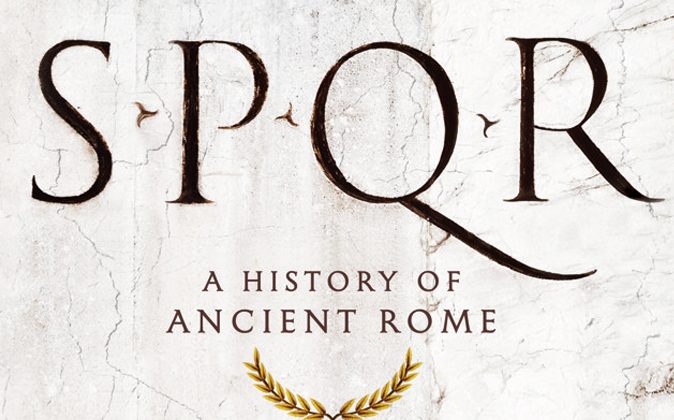

It’s an argument and a plausible if obvious one. What however was sine qua non was the supply of manpower for wars.Īs to the question whether the Romans better in battle or just able to muster more men, Mary Beard believes that - with technology the same, the largest army was predisposed to win. The Romans weren’t fussy about local gods or systems of government, they co-opted them. Mary Beard advances that Rome was unique in its ability to absorb its defeated enemies, from Veii, to the Sabines, the Samnites etc, in a loose embrace so all might prosper. The usual suspects are present in this book - the Romans’ love of adaption - in army tactics, in building, even in gods.


The central question of any book covering a thousand years is why Rome went from being a tribe of brigands in central Italy to a world power. Was Rome’s most thrilling period - the fall of the Republic - so famous because it marked a major turning point or because the surviving source material is so rich? Part of this is due to the periodic lack of sources handed down to us across the ages. The problem with this latter half of the book is the tendency to indulge in what I call ‘magpie’ historicism - selecting random examples from a wide variety of ages to justify an argument. The following 200 odd years, detailing the period of the ‘Principate’ emperors, feels much more rushed and thematic. The first part of SPQR, covering the foundation and growth of the Republic through to its subsequent transformation under Augustus in the latter part of the 1st century BC, is episodic but essentially follows a linear narrative. However, I was gifted this book and so once I started, I needed to finish! That applies here (Marius and the Cimbrian War hardly get a mention for instance). I get frustrated that the author is, necessarily, constrained and so has to arbitrarily choose what to include and what to leave out. If you want that, then specialist books are what you need and that’s what I usually prefer. There’s no in depth analysis of each event. The problem with any book spanning a thousand years of history is that - no matter how large - it can only give a surface presentation of the narrative as it moves along. As we all know, the Western Roman Empire continued for another 250 years whereas the Eastern Roman Empire - popularly now known as the Byzantium Empire - lasted for a further 1200 years until its eventual fall in 1453. Or, as Mary Beard writes, Rome’s first millennium. SPQR ( Senatus PopulusQue Romanus meaning, for the Senate and People of Rome, the indelible banner stamped below the eagle standards of the Roman legions) is a chunky book that traces Rome from its beginnings as a bandit village in the 750’s BC through to the grant of universal citizenship across the empire by Caracalla in 212 AD.


 0 kommentar(er)
0 kommentar(er)
